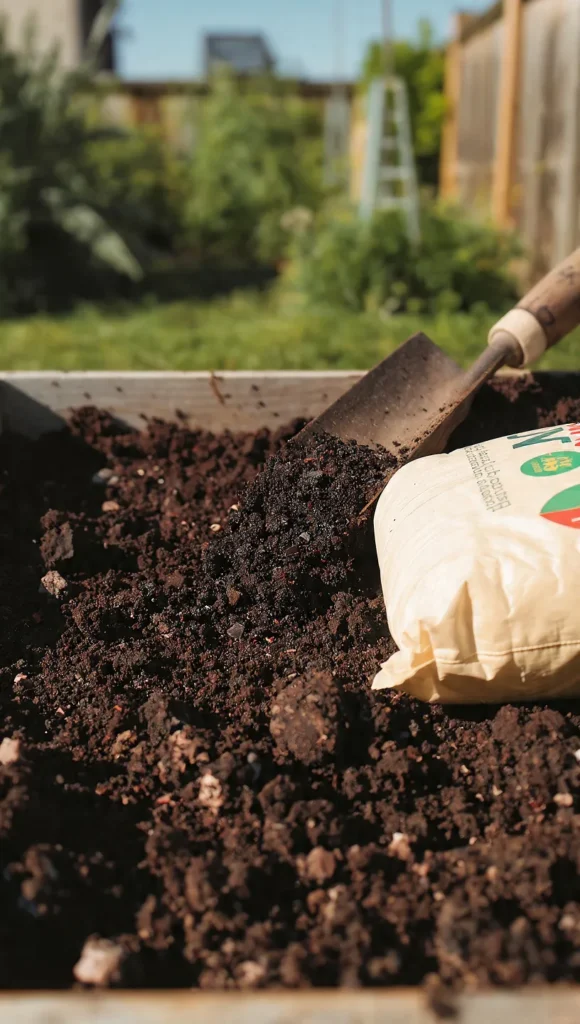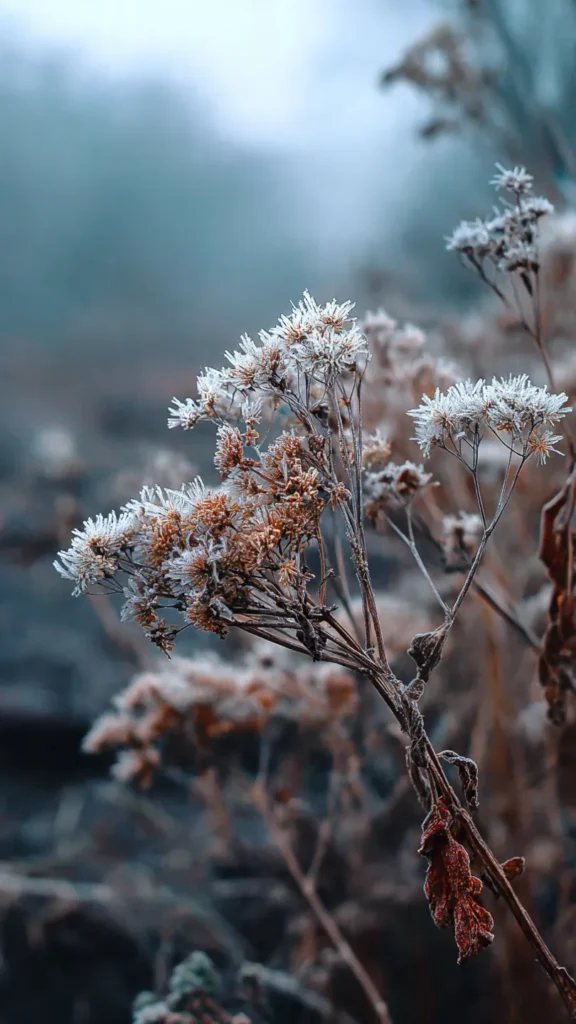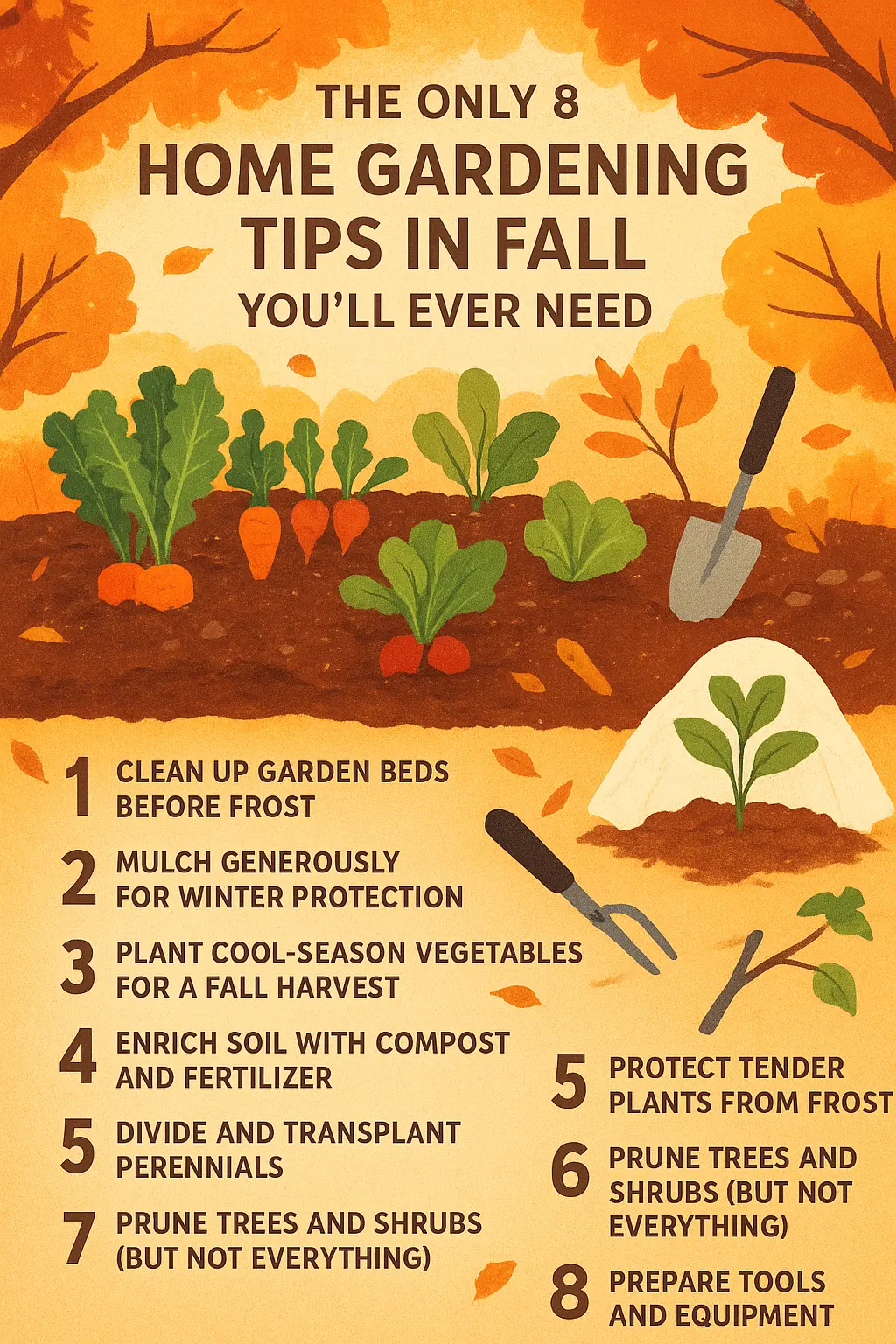As someone who has been tending a garden for years, I’ve learned that fall is one of the most underrated yet rewarding times of the year for gardeners. While many people pack away their tools after summer, the truth is that your garden still needs attention. That’s why I want to share the only 8 home gardening tips in fall you’ll ever need tips I’ve personally tested in my own backyard. With the right care, you can keep your garden thriving, prepare your soil for spring, and even enjoy a fresh harvest before winter sets in.
Why Fall Gardening Matters
Fall is not just about raking leaves and watching your flowers fade. It’s actually the perfect time to strengthen your soil, plant cool-weather crops, and prepare your landscape for the colder months. By focusing on the right home gardening tips in fall, you’re setting yourself up for healthier plants, fewer pests, and less work come springtime.
1. Clean Up the Garden Beds Before Frost
One of the most valuable fall gardening tips I’ve learned is cleaning up garden beds before the first frost. Dead leaves, withered stems, and fallen fruit may seem harmless, but they can harbor pests and diseases over the winter. I always spend a weekend removing old plants, composting healthy debris, and discarding anything diseased.
This cleanup gives your garden a “fresh start” and ensures that harmful bacteria won’t spread when temperatures rise again.
2. Mulch Generously for Winter Protection

Mulching in the fall has been a game-changer for me. A thick layer of mulch around perennials, shrubs, and young trees locks in moisture, insulates roots, and reduces soil erosion. When I first started gardening, I underestimated mulch, but over time I realized it can literally save plants from winter kill.
I recommend organic mulch like shredded leaves or straw it breaks down and feeds your soil naturally.
3. Plant Cool-Season Vegetables for a Fall Harvest
One of my favorite home gardening tips in fall is extending the harvest with cool-season crops. Vegetables like kale, carrots, radishes, and lettuce thrive in cooler weather. I usually plant them in late August or September, and by October, I’m still pulling fresh produce from the ground.
Not only does this save money, but it also gives you that satisfying feeling of eating food you grew yourself well into the colder months.
4. Enrich the Soil with Compost and Fertilizer

Fall is the best time to feed your soil. I like to add compost, aged manure, or organic fertilizer right after cleaning up my garden beds. Doing this in autumn allows nutrients to break down and soak into the soil during the winter, creating a fertile foundation for spring planting.
I’ve noticed that my spring crops are much stronger and healthier when I give my soil a fall “meal.”
5. Divide and Transplant Perennials
If you’ve ever had overgrown clumps of perennials, fall is the time to handle them. Plants like hostas, daylilies, and irises benefit from being divided every few years.I usually dig them up, split the roots, and replant them in different areas.
This not only rejuvenates the plants but also gives you more greenery to spread around your garden without spending extra money.
6. Protect Tender Plants from Frost

Frost can sneak up quickly in fall, and I’ve lost a few plants by underestimating it. Now, I keep frost cloths and old bedsheets handy. On cold nights, I cover delicate vegetables and flowers to protect them.
Trust me just one night of frost can undo weeks of effort, so this step is worth the few extra minutes.
7. Prune Trees and Shrubs (But Not Everything)
Another key fall gardening tip is pruning but with caution. I usually prune dead or diseased branches in the fall because it prevents pests from settling in. However, I avoid heavy pruning of spring-blooming shrubs like lilacs, since cutting them now removes the buds for next year’s flowers.
A good rule I follow: prune lightly in fall, prune deeply in late winter or early spring.
8. Prepare Your Tools and Equipment

Finally, don’t forget about your tools. I used to shove mine into the shed at the end of the season, only to find them rusted or dull in spring. Now, I clean, sharpen, and oil everything before storing them. It makes spring gardening much smoother and saves money on replacements.
My Final Thoughts on Fall Gardening
From my own experience, the best gardens are built in the off-season. By following these 8 home gardening tips in fall, you’ll protect your plants, enrich your soil, and even squeeze out an extra harvest before winter. Most importantly, you’ll feel confident and prepared when spring arrives.
So don’t let your garden go dormant with the first chill fall is the time to give it the care it deserves.
FAQs About Home Gardening in Fall
1. What are the best vegetables to grow in fall?
Kale, carrots, radishes, lettuce, spinach, and beets thrive in cooler weather.
2. When should I mulch my garden in fall?
Apply mulch after the first frost but before the ground freezes to insulate roots properly.
3. Should I fertilize in fall?
Yes, fall fertilization helps replenish soil nutrients for spring growth.
4. Can I still plant flowers in fall?
Yes, mums, pansies, and ornamental cabbages are great fall-blooming options.
5. Do I need to cover all plants during frost?
Only tender vegetables and flowers need protection. Hardy perennials usually survive.
6. How do I know when to divide perennials?
If your perennials look overcrowded or produce fewer blooms, it’s time to divide them.
7. Should I water my garden in fall?
Yes, keep watering until the ground freezes, especially for newly planted trees and shrubs.
8. What should I do with fallen leaves?
Shredded leaves make excellent mulch or compost material.
9. Is it okay to prune roses in fall?
Light pruning to remove dead stems is fine, but save heavy pruning for spring.
10. Do fall gardening tips apply to small balcony gardens too?
Absolutely. Container plants benefit from mulching, frost protection, and soil enrichment just like garden beds.
